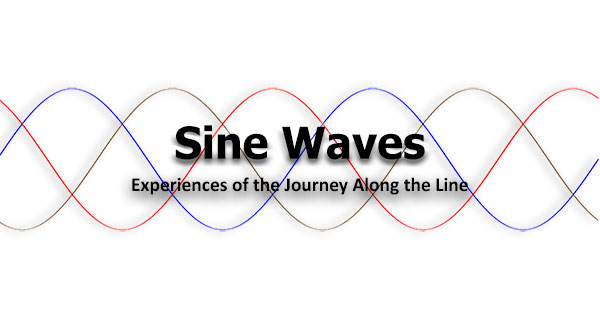Underground switch cabinets and indoor vaults have evolved over the years, thank goodness.
The IEEE standards for indoor spacing and arc flash control have always been where things begin. Linemen and Electricians have worked together for years to install, operate, and maintain customer and utility vaults.
Maintenance is important but many times these dungeons get left to people who have no idea about what is in them.
Once, I entered a vault with top notch designed ironclad gear, after inspecting the ventilation gear. There had been no maintenance done and the janitor told me that he had no idea what these things were. I could hear the dust and crackling of equipment leaking and I am hard of hearing! There had been nothing done for 30 years, so an exit was the best idea until an outage could be arranged. Just changing the oxygen in the room could create an explosion in certain conditions. I know one young fellow who had his ears blown off due to a reclose on a fault before could exit the vault.
Confined space versus limited space is confusing to everyone. The first thing linemen need to remember is that if you must use your hands to climb into the space, it is confined. Limited spaces are more difficult but if there are doors then it could still be confined but likely is limited. Ventilation and egress are key to procedures and required manpower for entry. Confined space accidents or limited space require two or more people about 80% of the time. Atmosphere control is a major concern.
Manhole and vault design have evolved but the dangers involved are more complicated due to age of the equipment and materials involved. Many utilities believe the fire department is back up for underground crews but unless joint training has occurred it will not be the case. The firefighters will not enter a space that has electrical equipment that could be live, nor should they have to.
Most manholes and vaults were built with the original concrete, fiberglass, asbestos, and insulation materials not to mention lead cables and atmospheric or ground water issues. Needles in urban environments are a serious issues and human and animal waste bring other hazards into play.
The point of my article is that there are so many things to be aware of and controllable in order to assure safe working conditions in vaults and switchgear or rooms. Understanding the hazards and work procedures in crucial. As the level of the hazard increases so too must the level of established procedures to guide people’s actions.
In many cases, the customers point of contact and operational responsibility need to be jointly understood. Large buildings, such as towers or commercial buildings, have many layers of circuitry built for system reliability. Operating orders and jurisdictional practices are put in place. Automatically switching and controlling these types of loads can be complicated.
Levels of security and control for all the electrical systems require similar agreements prior to installation and control. Linemen and Electricians work together with others to perform routine and emergency duties.
Many programs are used with mapping and geophysical information for underground operations now but in the older established areas and the as-built drawings can vary.
Man-check systems have assisted in safety for approach and entry to hazardous locations, but they are only as good as the people using them.
I am now going to discuss the obvious things I have noticed in operations of switchgear indoors like positioning and operations. Most people are not taking closing breaker switches seriously enough, like facing the equipment while using personal protective gear. If failure occurs, the Arc flash or explosion can be huge even in the case of secondary controls. Many electricians have been blown across the room or against the walls just by throwing a breaker in on an undetected fault. Modern practices with vault room flash hoods, helmets and other fire suppression systems are finally in place.
The new automated switchgear and SF6 arc suppression equipment are very reliable and much safer until a failure of the cable terminations or rodent intrusions.
Underground switchgear, like above ground cabinets, have many mechanical parts that have handle controls. The wasps love to live in them as do many other varieties of things. Putting a hand in to unlock the switch handles can be a hummer! Opening cabinets to do a visual takes more people and time but everyone needs to know the rules. Once again, turning your back to throw the switch may lead to a hair or two burnt on the back of your head but beats a face full of super-heated gases and arc flash. I have seen my share of upper insulation failures cause cross phase conditions blowing the doors off a cabinet! Respect.
The operation procedures for above ground switch gear and equipment have improved immensely. Maintenance, alive or dead, requires regular attention and
record keeping. Utilities and private customers all struggle with the details, for sure.
Vista switch and modern Scada controlled motor operated systems with protection and control using SF6 gas suppression are incredible. Real time circuit control and WIFI metering are the new directions for smart grid operations. It will be safer for underground crews and save millions of hours and improve reliability.
I recommend that lineman stay current with the recent technologies since they will still need to perform replacement, maintenance, and operation. Linemen are always up to the task of adapting to new environments for electrical systems. The old systems of hydraulic vaults, breakers, and RAWL switches and stress cone spider webs are ongoing, installed in many locations and will require our knowledge for another one hundred years.
Learn about the old and the new vaults and switchgear. Local veterans in the trade are gold! So are young linemen.
Share with respect and approach all the equipment with proper safety equipment.
Bruce Masse – Trouble Technician

